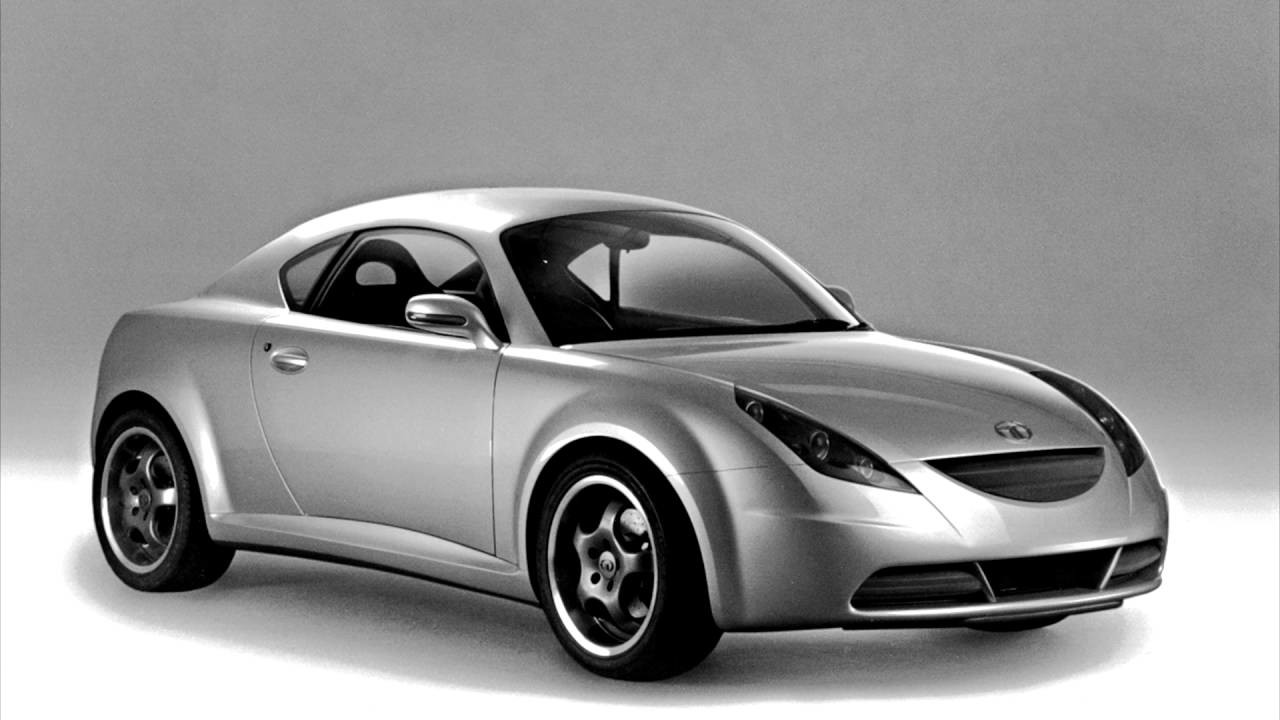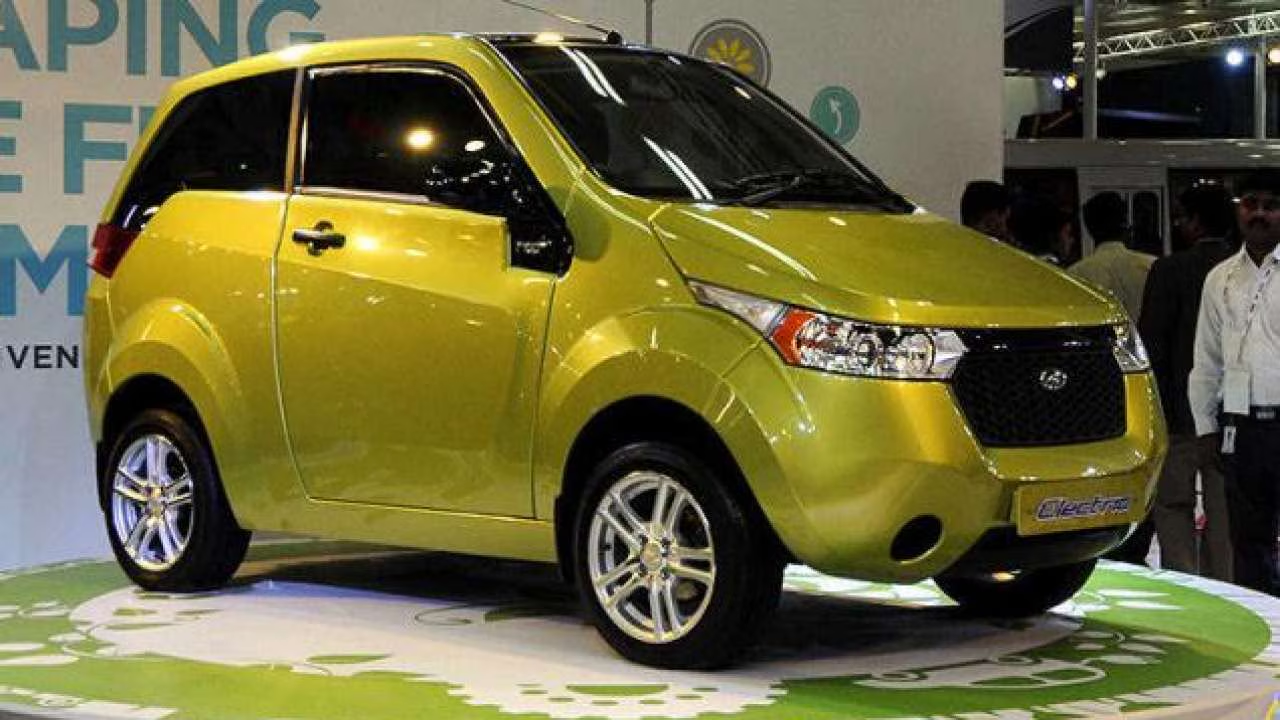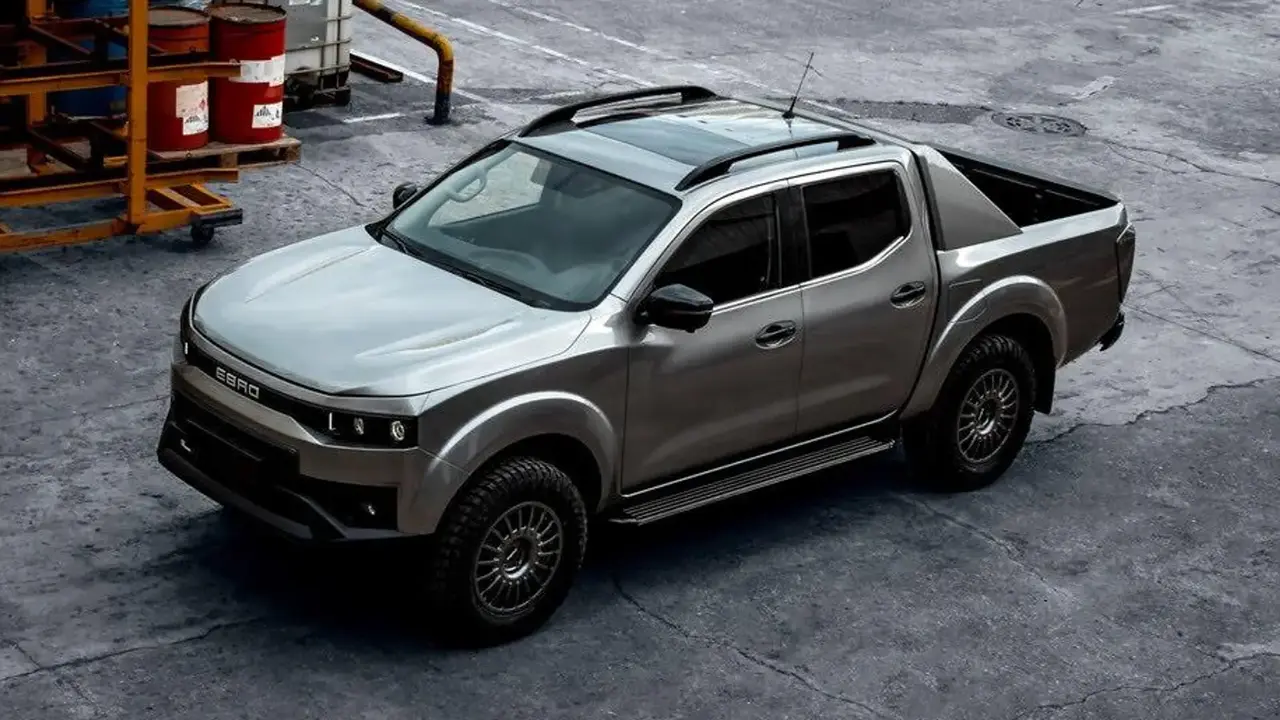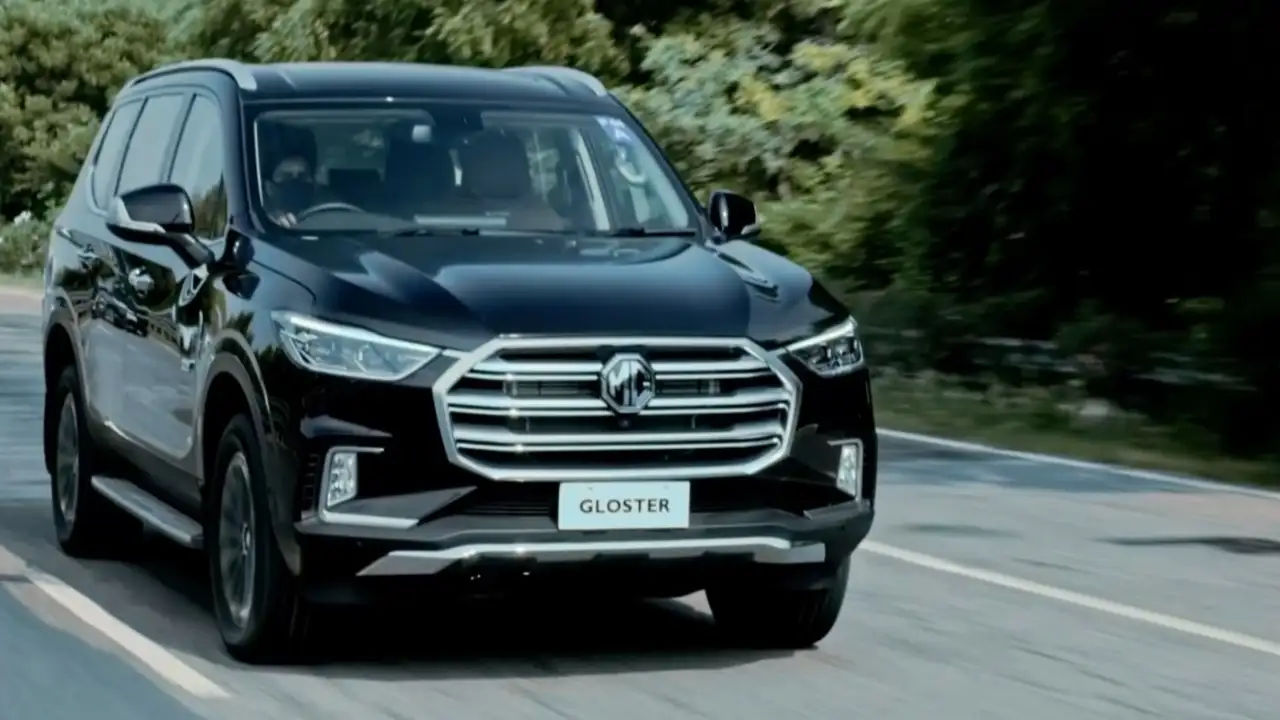In the competitive automotive world, few brands make as dramatic an entrance as Tamo, Tata Motors’ ambitious sub-brand launched with the goal of redefining the future of mobility. Initially intended to be a platform for the company’s innovation and an incubator for new technologies, Tamo’s journey has been marked by unrealized potential and eventual quiet disappearance from the automotive scene. Despite its bold vision, Tamo has failed to make a lasting impact, and today, it has quietly faded from public attention, leaving many to question the fate of Tata’s bold experiment.
The Vision Behind Tamo
Launched in 2016, Tamo was conceived as an innovation-driven sub-brand within Tata Motors, aimed at developing futuristic, high-performance cars and exploring new technological advancements in the automotive industry. It was expected to serve as a platform for Tata to bring new concepts to life, enabling the company to tap into global markets with cutting-edge technology and design. Tamo was positioned as a think tank that would focus on experimenting with electric vehicles (EVs), advanced mobility solutions, and even autonomous driving technologies.
The name “Tamo” was derived from the Sanskrit word “Tamas,” which translates to “darkness” or “ignorance,” representing the brand’s mission to push boundaries and create something radically different from the norm. The idea was to bring fresh ideas to the table, shedding light on the future of mobility and challenging the traditional automotive paradigm.
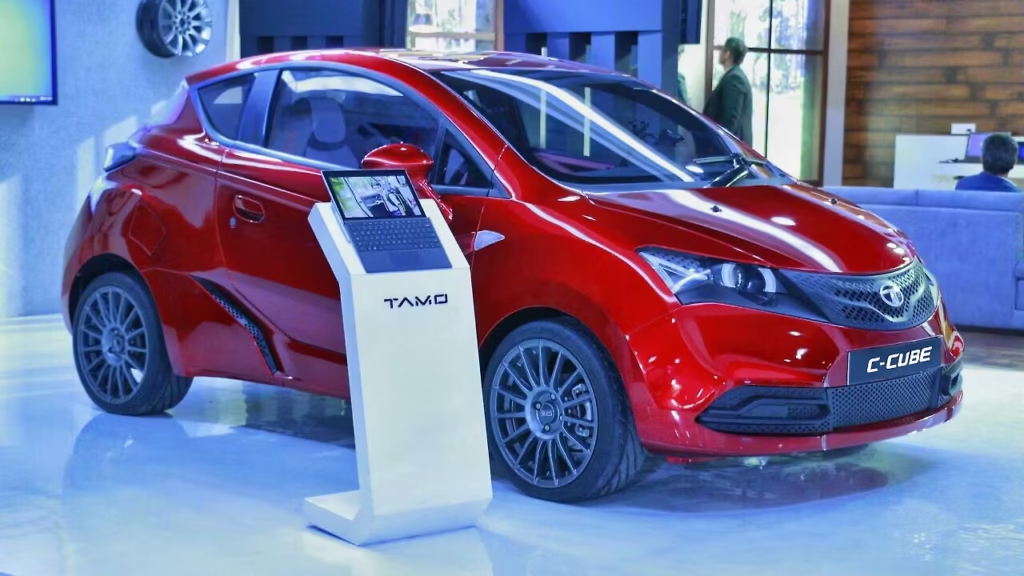
The Debut: The Tamo Racemo
Tamo’s debut was marked by the unveiling of the Tamo Racemo at the 2017 Geneva Motor Show. The Racemo was a futuristic, two-door sports car designed to showcase Tata’s engineering prowess and willingness to experiment with high-performance vehicles. It was a compact, stylish car equipped with a turbocharged engine, and it captured the imagination of car enthusiasts and the media alike.
The Racemo was initially seen as a symbol of Tata’s commitment to pushing the envelope. With sleek lines, a powerful engine, and advanced technology, it seemed like the perfect vehicle to represent a new chapter for Tata Motors. The car was intended to serve as a halo product for the Tamo sub-brand, symbolizing the company’s aspirations to enter the global sports car market.
However, despite its initial hype, the Racemo never made it into production. The promise of a high-performance sports car was not enough to counteract the internal challenges that Tamo faced. While the concept was met with enthusiasm, the transition from a concept car to a production-ready vehicle proved too difficult, leading to the eventual shelving of the Racemo project.
The Challenges Tamo Faced
Despite the excitement generated by the Tamo Racemo, several factors contributed to the sub-brand’s quiet decline. One of the primary issues was Tata Motors’ focus on its core portfolio. Tata’s flagship models, such as the Nexon and the Tiago, were attracting more attention from buyers, and the company’s priority shifted to strengthening these mainstream vehicles. As a result, the ambitious goals of Tamo began to lose momentum, overshadowed by the demand for more practical and mass-market solutions.
Another key factor was the evolving automotive landscape. While Tamo was initially focused on cutting-edge technologies, the global automotive industry shifted towards electric vehicles, smart mobility, and autonomous driving technologies at a rapid pace. Tamo struggled to keep up with these fast-moving trends, and its focus on high-performance sports cars, which was already niche, became less relevant in a market that was increasingly interested in sustainable, eco-friendly, and technologically advanced vehicles.
Furthermore, Tata Motors’ decision to integrate many of Tamo’s technological innovations into its mainstream vehicles further diluted the impact of the sub-brand. The knowledge and technologies developed under Tamo’s banner were eventually absorbed into Tata’s regular production lineup, making Tamo redundant. The lack of a clear identity, coupled with shifting market dynamics, led to the gradual fading of Tamo from the automotive scene.
Tamo’s Legacy and What Went Wrong
Tamo’s brief existence serves as a cautionary tale about the challenges of innovation in the highly competitive automotive industry. The brand’s initial promise was rooted in the desire to disrupt the status quo and bring groundbreaking products to market. However, the rapid evolution of the industry and the shifting priorities within Tata Motors prevented Tamo from achieving the success it envisioned.
One of the key lessons from Tamo’s rise and fall is the importance of focus. While the sub-brand aimed to innovate, it lacked a clear, sustainable direction that could have kept it relevant in the fast-changing automotive landscape. The decision to focus on a niche high-performance vehicle, while admirable, proved to be out of sync with the market’s demand for affordable, eco-friendly, and technologically advanced cars. By not aligning itself with the broader trends in the automotive industry, Tamo failed to gain the traction necessary to thrive.
Moreover, Tata Motors’ decision to phase out Tamo and absorb its technologies into its mainline offerings further blurred the sub-brand’s identity. If Tata Motors had chosen to invest more heavily in Tamo, perhaps by refining its products or by making it a more distinct identity within the Tata family, the brand might have had a better chance at long-term success.
The Road Ahead for Tata Motors
Although Tamo may have quietly faded away, its lessons are still valuable for Tata Motors as it continues to evolve in the electric and technology-driven future. Tata Motors has shifted its focus to electric vehicles and is making strides in this direction with models like the Nexon EV and the Tigor EV, which have been well received in the market. The company’s commitment to sustainability and technology is clear, and it is embracing the future of mobility with renewed focus.
For Tata Motors, the future lies in integrating cutting-edge technologies into its mainstream offerings, making electric mobility and smart solutions accessible to a wider audience. By learning from the Tamo experience, Tata Motors can continue to innovate, but with a more practical approach that aligns with market needs.
Conclusion
Tamo, once a bold vision for the future of Tata Motors, is a prime example of how ambitious dreams can sometimes fail to translate into commercial success. Despite its early promise, the sub-brand’s inability to adapt to shifting market trends and its lack of a clear direction led to its quiet decline. However, Tamo’s story also serves as a valuable learning experience for Tata Motors, which has since refocused its efforts on electric vehicles and cutting-edge technology. While Tamo may no longer be in the spotlight, its legacy of innovation continues to influence the company’s journey toward a sustainable automotive future.
